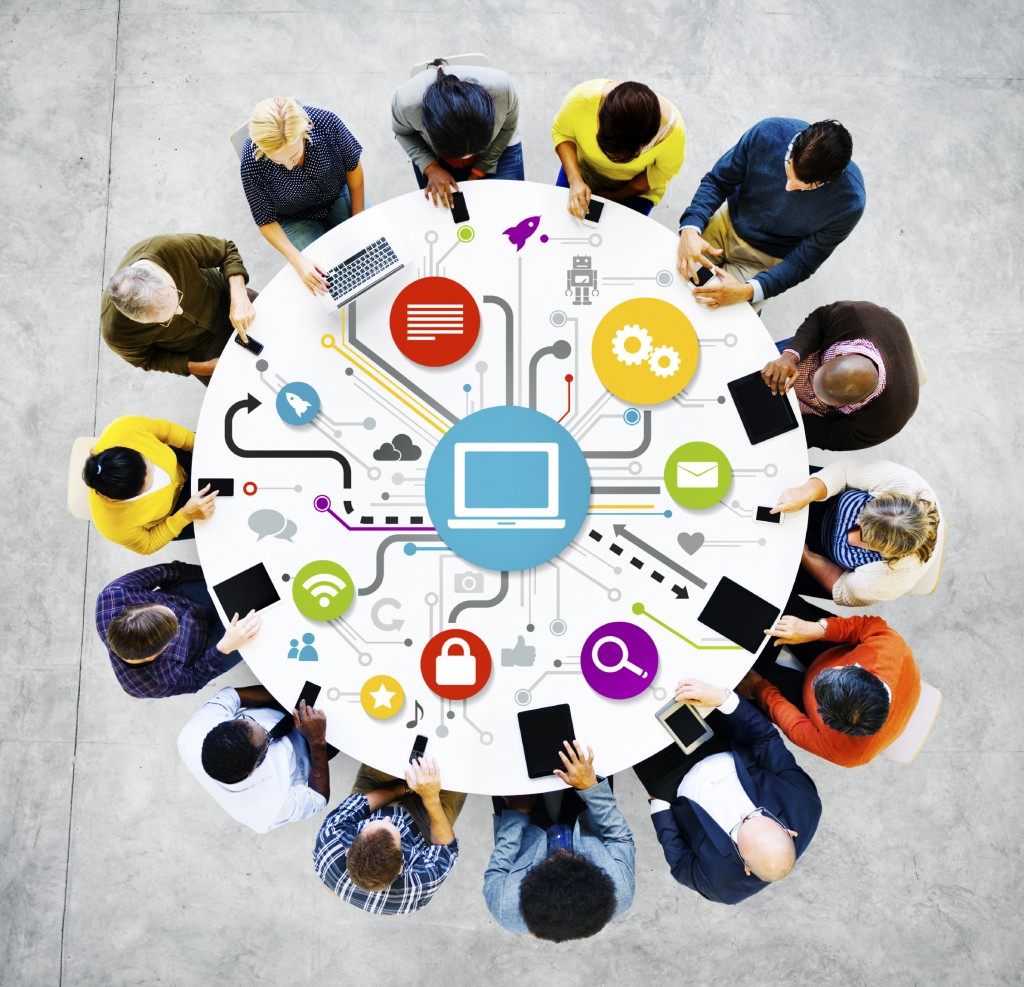Everyone has their own quirks and wonderful traits that make them just who they are. It’s part of what makes meeting new people so thrilling and exciting.
But at the other end of the spectrum, we’re all human beings. We all must eat, drink, sleep to survive. At the end of the day, we’re really no different from one another.
So, which of these schools of thought is truer?
At the Adobe Digital Government Assembly here in Washington, D.C. on February 3rd, representatives from public and private sector organizations came together for a one-day conference to discuss the challenges and the future of digital government.
At first I was a little skeptical. It doesn’t at first glance seem that the Center for Nutrition Policy and Promotion at USDA could possibly have an interesting dialogue with the Office of the Secretary of the Air Force. But what I found out was that across diverse sectors, the commonalities abound.
So, what do all of these seemingly unrelated sectors have in common? What they have in common is that they all are looking to improve their own internal functioning and benefit the global community by properly moving towards digital technology.
Also, by studying history, the theme emerges that all of these organizations have been hugely impacted in the past decade by three big innovations: mobile, social, and cloud.
So, it seems, we all do have similar stories to tell. Past challenges, concerns, and success stories aren’t isolated facts – they reoccur across sectors, and it’s worth getting together to share experiences in order to foster further government innovation.
Cloud Woes
A driving concern of all attendees was cloud privacy and security. But the cloud outlook looks very different depending on whom you’re asking. On the morning’s ‘Cloud Innovation Panel,’ speakers both in private and public sectors expressed their feelings about cloud computing.
Doug VanDyke, the General Manager for Public Sector at Amazon Web Services, thinks it’s okay to fail fast and fail often, and thought that the future of cloud was bright and promising for public servants. He’s willing to fail fast and fail often, but that’s probably because of his placement in the private sector.
On the other hand, Susan Swart, CIO of the International Monetary Fund, has to be much more careful in transitioning to cloud, due to international restrictions, and the unique role of an international governing body. It’s not as acceptable to fail fast and fail often when the stakes are so high.
So, there’s no one key way to look at cloud. While it’s an overriding concern for many individuals, it varies greatly depending on context. As always, it’s important to be context-specific.
Creative Content and Citizen Engagement, What Fun!
On the upshot, many agencies have been doing a great deal of creative thinking about both content and public participation.
In the breakout session ‘Delivering Personalized Digital Citizen Experiences,’ Gwynne Kostin, the Director of Digital Government at the General Services Administration, was brimming with excitement about the GSA’s Public Participation Playbook that went live the day of the event. She thinks GSA online digital tax services have a huge amount of potential, as most people are currently using third parties to complete their taxes, such as TurboTax. There’s a huge amount of government innovation that can be done to streamline the citizen tax experience.
In the session ‘Creating and Managing Engaging Content’, Eric Nelson, Director of the Office of eDiplomacy at the Department of State, Mark Hernandez, Art Director at the CIA, and Vineet Gupta, Federal Director of Deloitte Digital, all agreed that engaging, creative content is key for social media. However, it’s been hard to justify the use of these nontraditional methods in terms of funding, especially in a government environment where money is so tight. At the end of the day, it’s important to have a good ROI statistic that will tell you just how successful your graphic design team is, for instance.
So, as we see, no two organization’s experiences with technology are exactly alike. However, comparing and contrasting their varying viewpoints helps us draw together themes and commonalities that can help further government innovation. No two people are exactly the same, but communication can foster relationships. And I’ve personally never said no to making a new friend.
